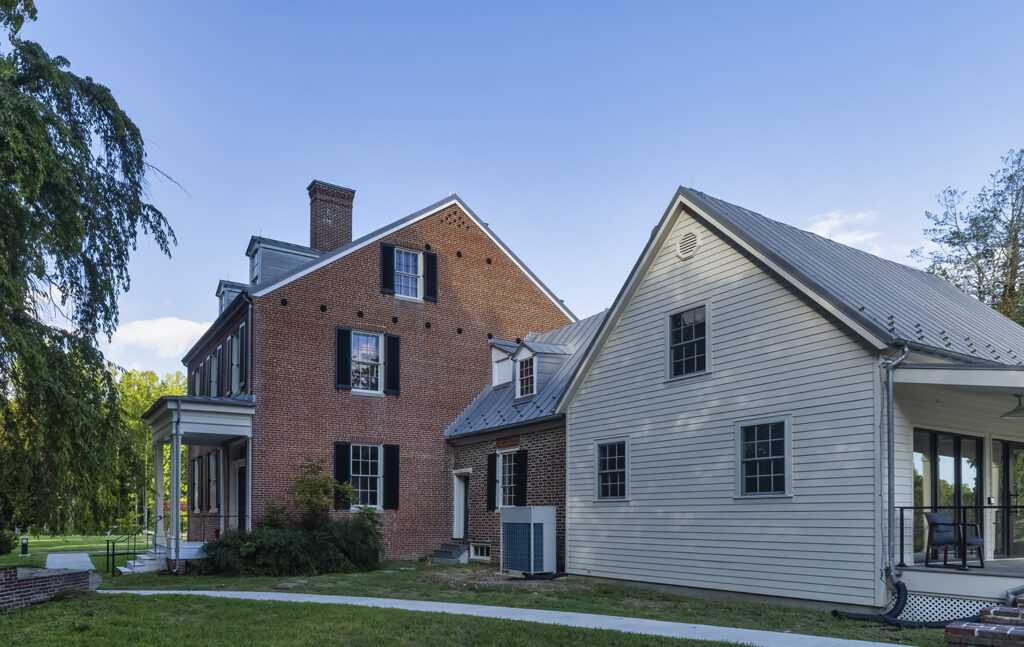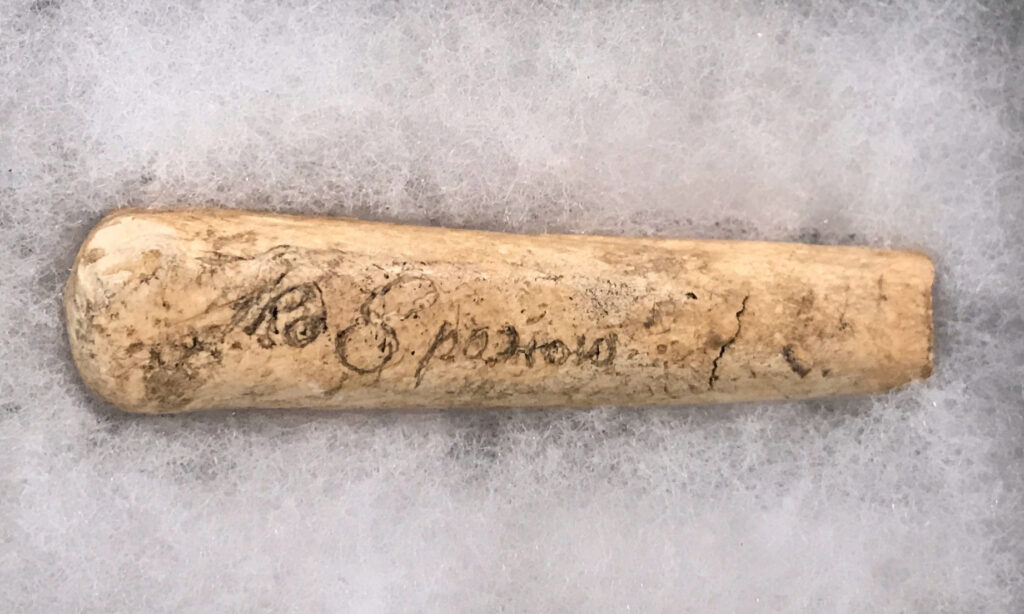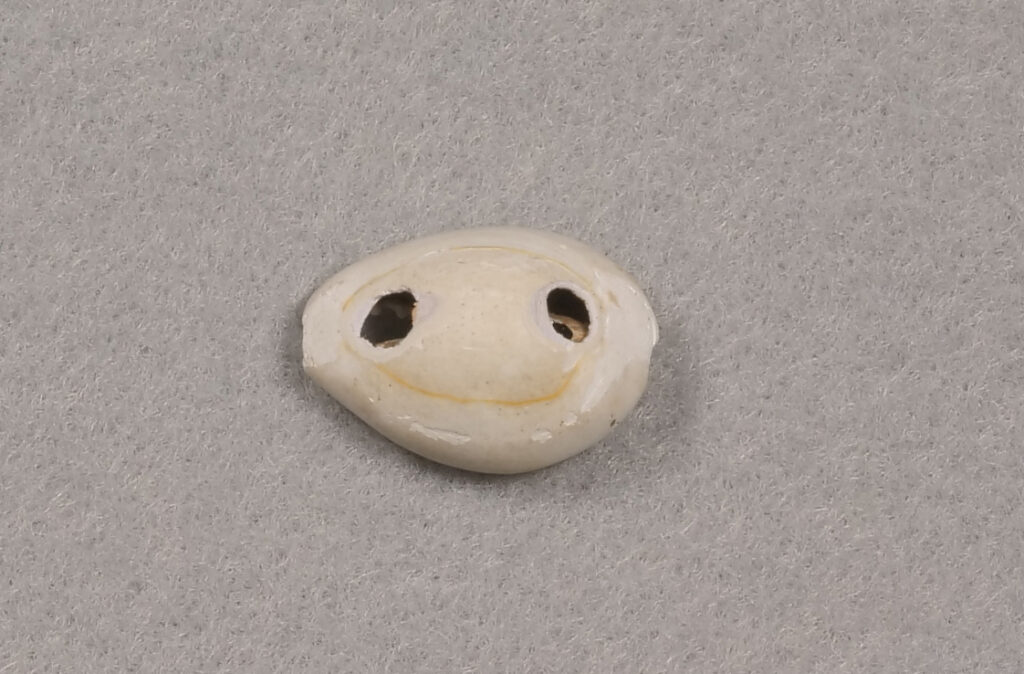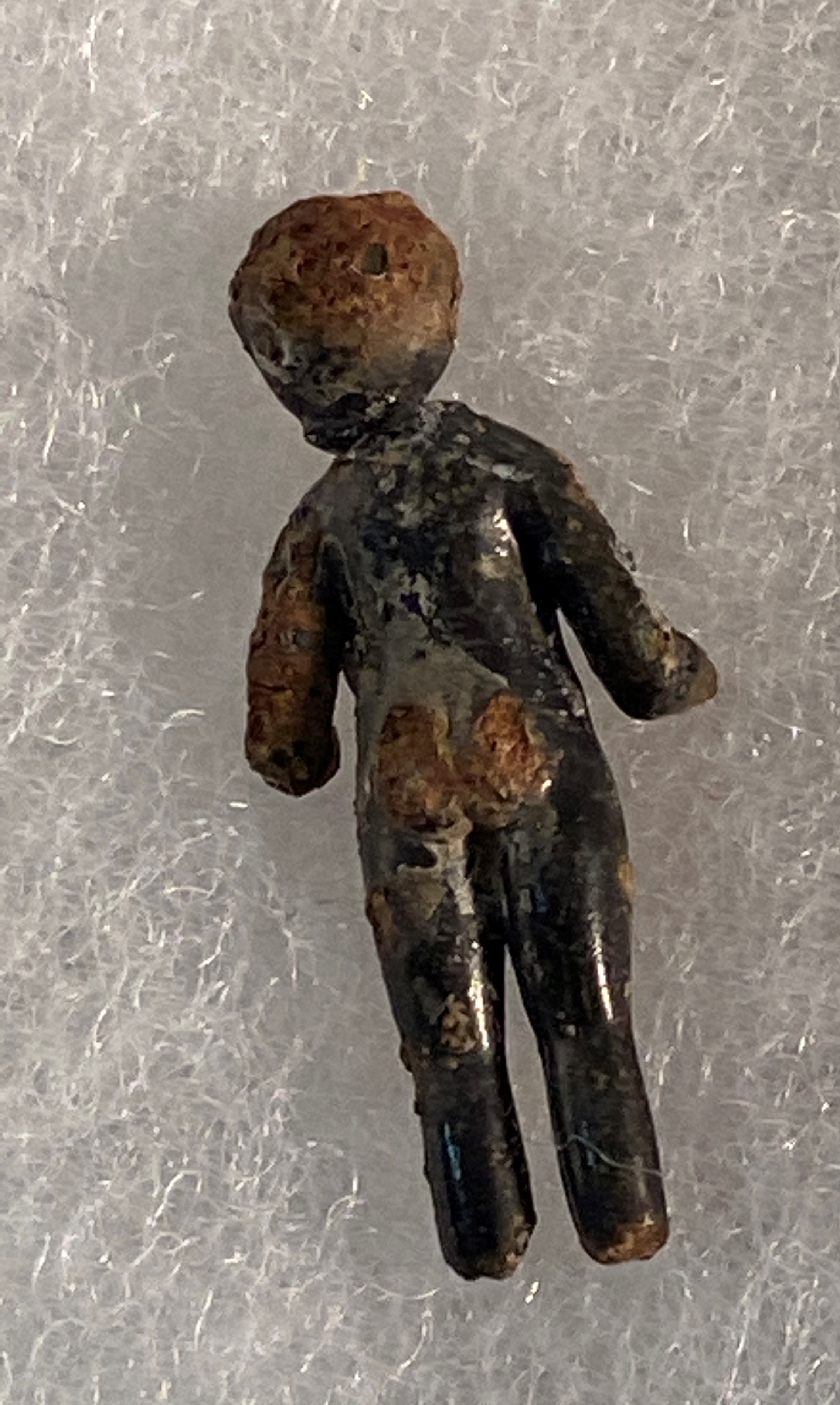The Smithsonian’s Oldest In-Place Building Opens to Visitors for the First Time
by Kristen Goodhue

This summer, a new history exhibit opens in the brick house at the entrance of the Smithsonian Environmental Research Center (SERC): the Woodlawn History Center. Built in 1735, Woodlawn is the oldest Smithsonian building still in its original location. Visitors will hear stories from generations who lived and worked on the land, and see how their lives wove into the American tapestry.
For nearly two centuries, Woodlawn served as the plantation home of the Sellman family. Coming to America in indentured servitude, the Sellmans left a double-sided legacy as soldiers, innovators and slaveowners. Their descendants, who spread across the country, fought on both sides of the Civil War.

“This is American history at the local level,” said Christine Dunham, SERC historian and program specialist. “I see it as every point in American history, from slavery to immigration, Jim Crow, technological change and beyond, also happening here.”
Some of the enslaved we know only by first names on family wills. Others, like Dennis Simms who worked on the neighboring Contee plantation, left detailed oral testimony of life in bondage.
“We stuck pretty close to the cabins after dark, for if we were caught roaming about we would be unmercifully whipped,” Simms’ oral testimony, given in 1937, reads. “If a slave was caught beyond the limits of the plantation where he was employed, without the company of a white person or without written permit of his master, any person who apprehended him was permitted to give him 20 lashes across the bare back….We all thought of running off to Canada or to Washington, but feared the patrollers.”

Participatory scientists from SERC’s all-volunteer Environmental Archaeology Lab excavated most of the 200-plus artifacts on view. As the exhibit highlights the land’s inhabitants, from Native Americans to SERC scientists, it reveals how each group reshaped the terrain.
“This exhibit tells the stories of different people and how they transformed the world around them,” said Jim Gibb, head of the Environmental Archaeology Lab. “The shapes of the lands, forests and waters of this area are the products—intentional and unintentional—of the people who lived here.”

The house went through multiple transformations as well. In 1841, the Sellmans had half the house torn down to create a grander three-story wing. In the 1910s, the house passed to the Kirkpatrick-Howats, who added a passive solar wing in the 1970s. The Smithsonian purchased the land in 2008.
The Woodlawn History Center is open for visitors on select Saturdays. Visits are free and no advance signups are required. The house is located on the SERC campus (647 Contees Wharf Road, Edgewater, MD 21037), just past the security kiosk as visitors drive in. See the Woodlawn History Center visitors page for dates when the house is open.
This is a living history exhibit, and the Smithsonian is always looking for a more complete picture. Descendants of the Piscataway, Nanticoke, Sellmans, Browns, Contees, Jupiters, Maccubins, Shaws, Simms, Sparrows and any others who called this land home are welcome to share their family’s stories. Please contact Christine Dunham (DunhamC@si.edu) to contribute.

